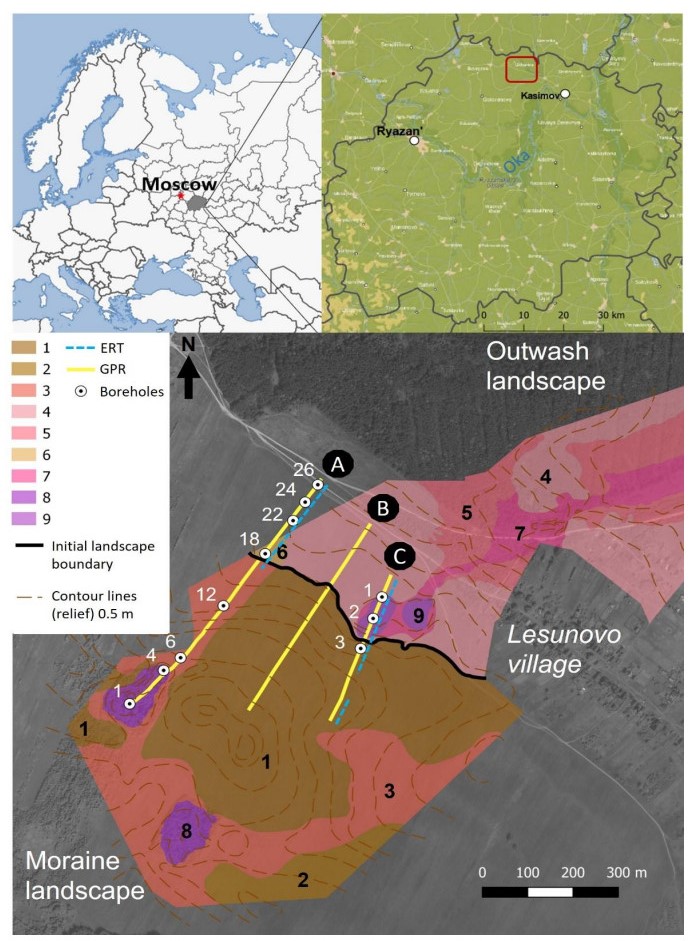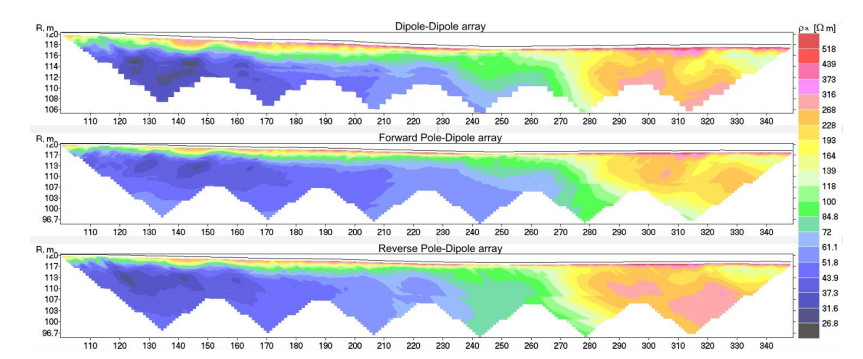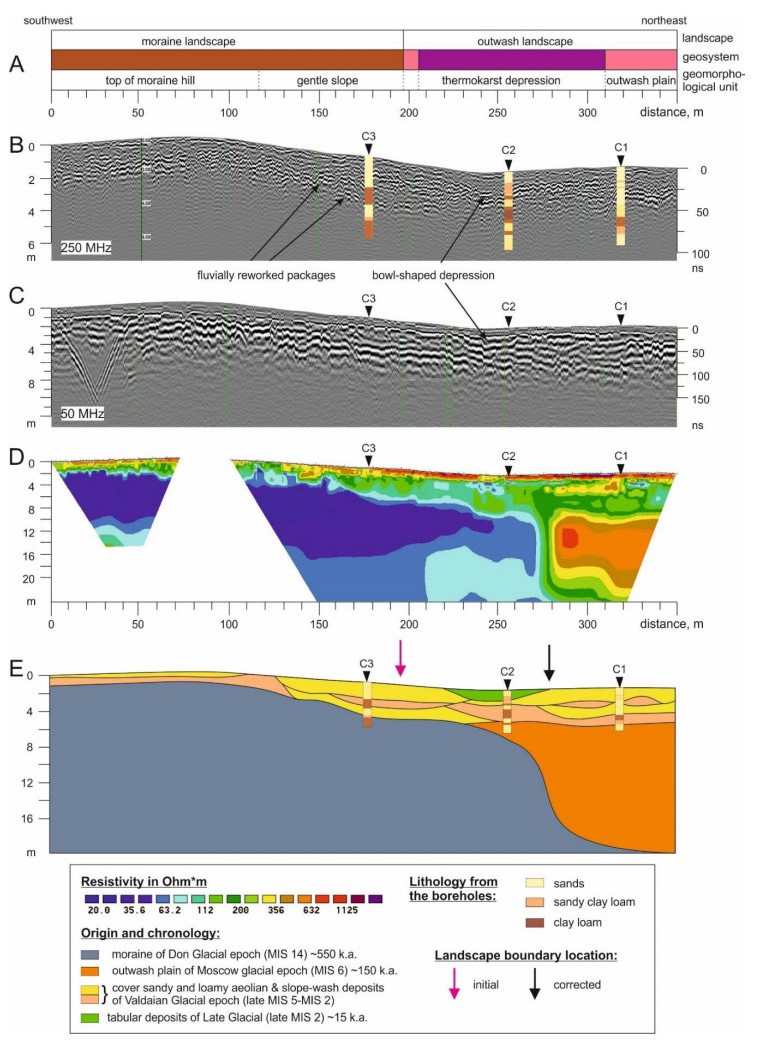1.
Introduction
For a convex function σ:I⊆R→R on I with ν1,ν2∈I and ν1<ν2, the Hermite-Hadamard inequality is defined by [1]:
The Hermite-Hadamard integral inequality (1.1) is one of the most famous and commonly used inequalities. The recently published papers [2,3,4] are focused on extending and generalizing the convexity and Hermite-Hadamard inequality.
The situation of the fractional calculus (integrals and derivatives) has won vast popularity and significance throughout the previous five decades or so, due generally to its demonstrated applications in numerous seemingly numerous and great fields of science and engineering [5,6,7].
Now, we recall the definitions of Riemann-Liouville fractional integrals.
Definition 1.1 ([5,6,7]). Let σ∈L1[ν1,ν2]. The Riemann-Liouville integrals Jϑν1+σ and Jϑν2−σ of order ϑ>0 with ν1≥0 are defined by
and
respectively. Here Γ(ϑ) is the well-known Gamma function and J0ν1+σ(x)=J0ν2−σ(x)=σ(x).
With a huge application of fractional integration and Hermite-Hadamard inequality, many researchers in the field of fractional calculus extended their research to the Hermite-Hadamard inequality, including fractional integration rather than ordinary integration; for example see [8,9,10,11,12,13,14,15,16,17,18,19,20,21].
In this paper, we consider the integral inequality of Hermite-Hadamard-Mercer type that relies on the Hermite-Hadamard and Jensen-Mercer inequalities. For this purpose, we recall the Jensen-Mercer inequality: Let 0<x1≤x2≤⋯≤xn and μ=(μ1,μ2,…,μn) nonnegative weights such that ∑ni=1μi=1. Then, the Jensen inequality [22,23] is as follows, for a convex function σ on the interval [ν1,ν2], we have
where for all xi∈[ν1,ν2] and μi∈[0,1], (i=¯1,n).
Theorem 1.1 ([2,23]). If σ is convex function on [ν1,ν2], then
for each xi∈[ν1,ν2] and μi∈[0,1], (i=¯1,n) with ∑ni=1μi=1. For some results related with Jensen-Mercer inequality, see [24,25,26].
In view of above indices, we establish new integral inequalities of Hermite-Hadamard-Mercer type for convex functions via the Riemann-Liouville fractional integrals in the current project. Particularly, we see that our results can cover the previous researches.
2.
Main results
Theorem 2.1. For a convex function σ:[ν1,ν2]⊆R→R with x,y∈[ν1,ν2], we have:
Proof. By using the convexity of σ, we have
and above with u=1−η2x+1+η2y, v=1+η2x+1−η2y, where x,y∈[ν1,ν2] and η∈[0,1], leads to
Multiplying both sides of (2.3) by ηϑ−1 and then integrating with respect to η over [0,1], we get
and thus the proof of first inequality in (2.1) is completed.
On the other hand, we have by using the Jensen-Mercer inequality:
Adding inequalities (2.4) and (2.5) to get
Multiplying both sides of (2.6) by ηϑ−1 and then integrating with respect to η over [0,1] to obtain
By making use of change of variables and then multiplying by ϑ2, we get the second inequality in (2.1).
Remark 2.1. If we choose ϑ=1, x=ν1 and y=ν2 in Theorem 2.1, then the inequality (2.1) reduces to (1.1).
Corollary 2.1. Theorem 2.1 with
● ϑ=1 becomes [24, Theorem 2.1].
● x=ν1 and y=ν2 becomes:
which is obtained by Mohammed and Brevik in [10].
The following Lemma linked with the left inequality of (2.1) is useful to obtain our next results.
Lemma 2.1. Let σ:[ν1,ν2]⊆R→R be a differentiable function on (ν1,ν2) and σ′∈L[ν1,ν2] with ν1≤ν2 and x,y∈[ν1,ν2]. Then, we have:
Proof. From right hand side of (2.7), we set
By integrating by parts with w=ν1+ν2−(1−η2x+1+η2y), we can deduce:
Similarly, we can deduce:
By substituting ϖ1 and ϖ2 in (2.8) and then multiplying by (y−x)4, we obtain required identity (2.7).
Corollary 2.2. Lemma 2.1 with
● ϑ=1 becomes:
● ϑ=1, x=ν1 and y=ν2 becomes:
● x=ν1 and y=ν2 becomes:
Theorem 2.2. Let σ:[ν1,ν2]⊆R→R be a differentiable function on (ν1,ν2) and |σ′| is convex on [ν1,ν2] with ν1≤ν2 and x,y∈[ν1,ν2]. Then, we have:
Proof. By taking modulus of identity (2.7), we get
Then, by applying the convexity of |σ′| and the Jensen-Mercer inequality on above inequality, we get
which completes the proof of Theorem 2.2.
Corollary 2.3. Theorem 2.2 with
● ϑ=1 becomes:
● ϑ=1, x=ν1 and y=ν2 becomes [27, Theorem 2.2].
● x=ν1 and y=ν2 becomes:
Theorem 2.3. Let σ:[ν1,ν2]⊆R→R be a differentiable function on (ν1,ν2) and |σ′|q,q>1 is convex on [ν1,ν2] with ν1≤ν2 and x,y∈[ν1,ν2]. Then, we have:
where 1p+1q=1.
Proof. By taking modulus of identity (2.7) and using Hölder's inequality, we get
Then, by applying the Jensen-Mercer inequality with the convexity of |σ′|q, we can deduce
which completes the proof of Theorem 2.3.
Corollary 2.4. Theorem 2.3 with
● ϑ=1 becomes:
● ϑ=1, x=ν1 and y=ν2 becomes:
● x=ν1 and y=ν2 becomes:
Theorem 2.4. Let σ:[ν1,ν2]⊆R→R be a differentiable function on (ν1,ν2) and |σ′|q,q≥1 is convex on [ν1,ν2] with ν1≤ν2 and x,y∈[ν1,ν2]. Then, we have:
Proof. By taking modulus of identity (2.7) with the well-known power mean inequality, we can deduce
By applying the Jensen-Mercer inequality with the convexity of |σ′|q, we can deduce
which completes the proof of Theorem 2.4.
Corollary 5. Theorem 2.4 with
● q=1 becomes Theorem 2.2.
● ϑ=1 becomes:
● ϑ=1, x=ν1 and y=ν2 becomes:
● x=ν1 and y=ν2 becomes:
3.
Applications to special means
Here, we consider the following special means:
● The arithmetic mean:
● The harmonic mean:
● The logarithmic mean:
● The generalized logarithmic mean:
Proposition 3.1. Let 0<ν1<ν2 and n∈N, n≥2. Then, for all x,y∈[ν1,ν2], we have:
Proof. By applying Corollary 2.3 (first item) for the convex function σ(x)=xn,x>0, one can obtain the result directly.
Proposition 3.2. Let 0<ν1<ν2. Then, for all x,y∈[ν1,ν2], we have:
Proof. By applying Corollary 2.3 (first item) for the convex function σ(x)=1x,x>0, one can obtain the result directly.
Proposition 3.3. Let 0<ν1<ν2 and n∈N, n≥2. Then, we have:
and
Proof. By setting x=ν1 and y=ν2 in results of Proposition 3.1 and Proposition 3.2, one can obtain the Proposition 3.3.
Proposition 3.4. Let 0<ν1<ν2 and n∈N, n≥2. Then, for q>1,1p+1q=1 and for all x,y∈[ν1,ν2], we have:
Proof. By applying Corollary 2.4 (first item) for convex function σ(x)=xn,x>0, one can obtain the result directly.
Proposition 3.5. Let 0<ν1<ν2. Then, for q>1,1p+1q=1 and for all x,y∈[ν1,ν2], we have:
Proof. By applying Corollary 2.4 (first item) for the convex function σ(x)=1x,x>0, one can obtain the result directly.
Proposition 3.6. Let 0<ν1<ν2 and n∈N, n≥2. Then, for q>1 and 1p+1q=1, we have:
and
Proof. By setting x=ν1 and y=ν2 in results of Proposition 3.4 and Proposition 3.5, one can obtain the Proposition 3.6.
4.
Conclusions
As we emphasized in the introduction, integral inequality is the most important field of mathematical analysis and fractional calculus. By using the well-known Jensen-Mercer and power mean inequalities, we have proved new inequalities of Hermite-Hadamard-Mercer type involving Riemann-Liouville fractional operators. In the last section, we have considered some propositions in the context of special functions; these confirm the efficiency of our results.
Acknowledgements
We would like to express our special thanks to the editor and referees. Also, the first author would like to thank Prince Sultan University for funding this work through research group Nonlinear Analysis Methods in Applied Mathematics (NAMAM) group number RG-DES-2017-01-17.
Conflict of interest
The authors declare no conflict of interest.
















 DownLoad:
DownLoad: